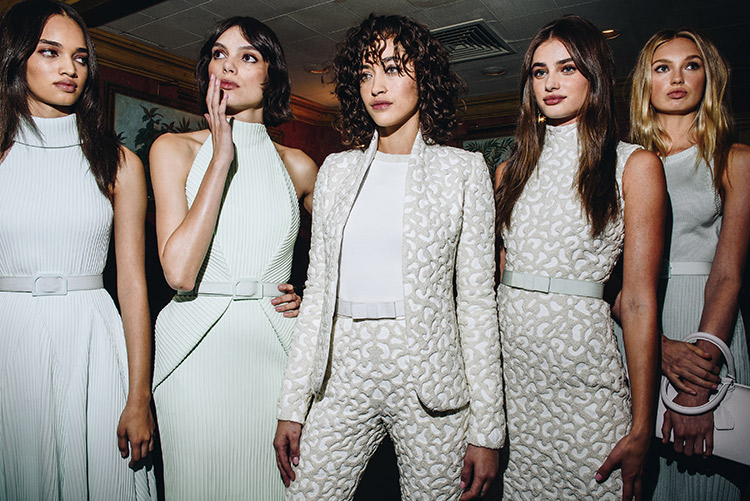Fashion One brings you Fashion Icon Kahlo’s wardrobe
Frida Kahlo proudly wore long skirts embroidered with colorful flowers, showing off her Mexican indigenous heritage but also hiding a body contorted by childhood polio and a horrific bus crash.
The late surrealist painter with the uni-brow, known for her haunting self-portraits, has long since become a fashion icon, inspiring top designers such as France's Jean Paul Gaultier.
Now, in memory of that, 300 items -- from skirts to shoes, jewelry and perfumes -- have been taken out of her wardrobes, trunks and bathroom closets and put on display in Casa Azul, her home-turned-museum in Mexico City.
The exhibit, entitled "Appearances Can Be Deceiving," was launched on Wednesday in the blue house that Kahlo shared with her husband, the Mexican muralist Diego Rivera, in the capital's colonial Coyoacan district.
One room displays nine tehuana outfits that are typical from Tehuantepec, a southern city where Kahlo's mother was from. Kahlo often painted herself wearing the long skirts and short-sleeve blouses with bright patterns.
With the traditional skirts and her hair braided with flamboyant flower headbands, Kahlo brought attention to her facial features and her slim waist, distracting people from her legs, said exhibit curator Circe Henestrosa.
"Her way of dressing was the result of her strong sense of identity, an identity built from physical pain," she said.
A red boot with the prosthetic leg Kahlo had to wear after her limb was amputated showed that she kept a sense of style despite the unbearable pain she suffered.
Kahlo contracted polio when she was a young child, a disease that stunted the growth of her right leg. When she was 18, a metal tube pierced through her abdomen during a bus crash, subjecting her to painful operations and long periods of bed rest throughout her life.
In one drawing, Kahlo depicts herself naked under a see-through dress, wearing a corset with butterflies on one leg. She wrote on the piece: "Appearances Can Be Deceiving."
The exhibit includes three artistic corsets, one made of leather and designed by Gaultier for Comme des Garcons in memory of the painter, who died in 1954 at the age of 47. She wore corsets because of severe back pain.
Three flowery outfits made of lace and cotton by Italian designer Riccardo Tisci for Givenchy are also displayed, inspired by the artist's life and image.
It took Casa Azul eight years to restore Kahlo's clothes to be suitable for public view in an initiative that the fashion magazine Vogue participated.
"Frida had an eclectic style. She liked to combine colors, textures and the origin of garments according to her mood," said museum director Hilda Trujillo.
Some experts say that Kahlo wore tehuana outfits to please Rivera, but Henestrosa said a photo found in Casa Azul showed all the women in the Kahlo family wearing the traditional dresses.
The lavish skirts from Tehuantepec "symbolize a strong woman," Henestrosa said, adding that Kahlo decided to wear these clothes because it allowed her to project the communist artist's political beliefs and her Mexican identity.


































